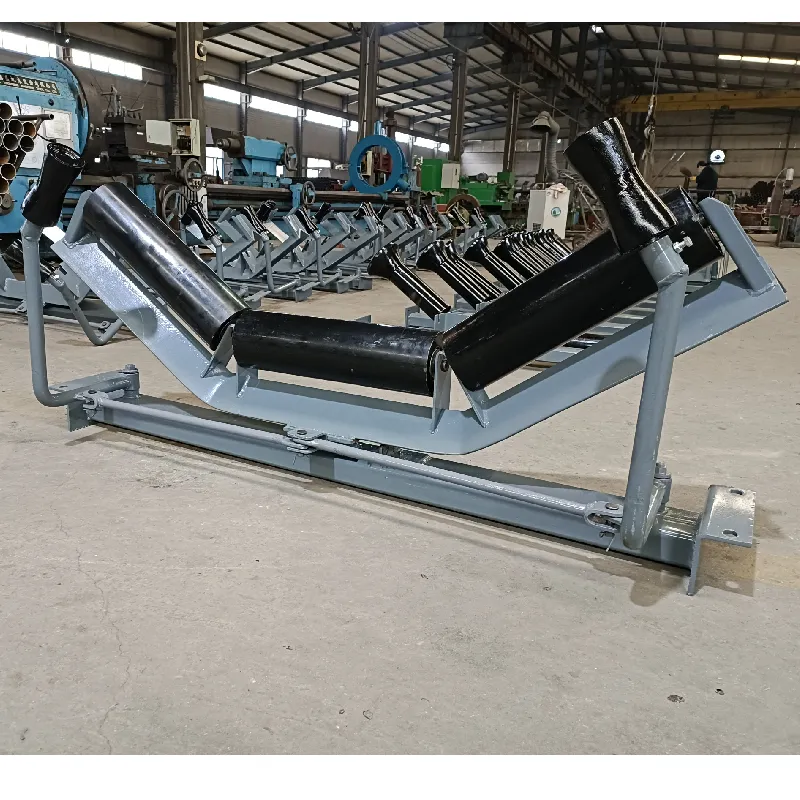 Afrikaans
Afrikaans  Albanian
Albanian  Amharic
Amharic  Arabic
Arabic  Armenian
Armenian  Azerbaijani
Azerbaijani  Basque
Basque  Belarusian
Belarusian  Bengali
Bengali  Bosnian
Bosnian  Bulgarian
Bulgarian  Catalan
Catalan  Cebuano
Cebuano  Corsican
Corsican  Croatian
Croatian  Czech
Czech  Danish
Danish  Dutch
Dutch  English
English  Esperanto
Esperanto  Estonian
Estonian  Finnish
Finnish  French
French  Frisian
Frisian  Galician
Galician  Georgian
Georgian  German
German  Greek
Greek  Gujarati
Gujarati  Haitian Creole
Haitian Creole  hausa
hausa  hawaiian
hawaiian  Hebrew
Hebrew  Hindi
Hindi  Miao
Miao  Hungarian
Hungarian  Icelandic
Icelandic  igbo
igbo  Indonesian
Indonesian  irish
irish  Italian
Italian  Japanese
Japanese  Javanese
Javanese  Kannada
Kannada  kazakh
kazakh  Khmer
Khmer  Rwandese
Rwandese  Korean
Korean  Kurdish
Kurdish  Kyrgyz
Kyrgyz  Lao
Lao  Latin
Latin  Latvian
Latvian  Lithuanian
Lithuanian  Luxembourgish
Luxembourgish  Macedonian
Macedonian  Malgashi
Malgashi  Malay
Malay  Malayalam
Malayalam  Maltese
Maltese  Maori
Maori  Marathi
Marathi  Mongolian
Mongolian  Myanmar
Myanmar  Nepali
Nepali  Norwegian
Norwegian  Norwegian
Norwegian  Occitan
Occitan  Pashto
Pashto  Persian
Persian  Polish
Polish  Portuguese
Portuguese  Punjabi
Punjabi  Romanian
Romanian  Russian
Russian  Samoan
Samoan  Scottish Gaelic
Scottish Gaelic  Serbian
Serbian  Sesotho
Sesotho  Shona
Shona  Sindhi
Sindhi  Sinhala
Sinhala  Slovak
Slovak  Slovenian
Slovenian  Somali
Somali  Spanish
Spanish  Sundanese
Sundanese  Swahili
Swahili  Swedish
Swedish  Tagalog
Tagalog  Tajik
Tajik  Tamil
Tamil  Tatar
Tatar  Telugu
Telugu  Thai
Thai  Turkish
Turkish  Turkmen
Turkmen  Ukrainian
Ukrainian  Urdu
Urdu  Uighur
Uighur  Uzbek
Uzbek  Vietnamese
Vietnamese  Welsh
Welsh  Bantu
Bantu  Yiddish
Yiddish  Yoruba
Yoruba  Zulu
Zulu Designing Effective Side Guides for Conveyor Systems to Enhance Performance and Stability
The Importance of Conveyor Side Guides in Material Handling
Conveyor systems are an essential component in various industries, designed to move items efficiently from one point to another. Among the many components that make these systems work effectively, side guides play a crucial role in ensuring the safe and efficient transport of products. In this article, we will explore what conveyor side guides are, their functionality, types, and why they are integral to optimizing conveyor operations.
Understanding Conveyor Side Guides
Conveyor side guides are vertical or horizontal barriers installed alongside the conveyor belt. Their primary purpose is to keep products aligned on the conveyor during transit, preventing them from sliding off or becoming misaligned. This alignment is particularly important when transporting small or irregularly shaped items, which can easily fall off the conveyor or get jammed.
Side guides can be configured in various forms, including fixed guides, adjustable guides, and even dynamic guides that can adjust in real-time based on the width of the items being transported. They are typically made from durable materials such as plastic, metal, or rubber, depending on the specific requirements of the industry and the nature of the products being handled.
The Functionality of Side Guides
The functionality of conveyor side guides extends beyond mere containment. Here are some of the key roles they play
1. Stability and Balance By keeping items within the confines of the conveyor, side guides provide stability and prevent products from toppling over, especially in high-speed applications.
2. Efficiency in Material Handling When products are properly aligned, there is less chance of jams and bottlenecks in the system. This leads to increased efficiency in material handling processes.
3. Enhanced Safety Side guides significantly reduce the risk of accidents related to falling items. This is especially critical in environments where heavy or hazardous materials are transported.
4. Customization Side guides can be tailored to fit specific operational needs. For example, adjustable guides can be modified to accommodate various product sizes, allowing for versatility in handling different goods.
Types of Conveyor Side Guides
Conveyor side guides can be categorized into several types based on their design and application
conveyor side guide

1. Fixed Guides These are permanently installed along the conveyor and are typically used for transporting items of a consistent size and shape.
2. Adjustable Guides These can be repositioned or resized to accommodate different sizes of items, providing flexibility in operations. They are beneficial in situations where multiple products are handled on the same conveyor system.
3. Dynamic Guides Advanced systems incorporate dynamic side guides that can automatically adjust in real-time, responding to changes in the width of products. This technology enhances operational efficiency and adaptability.
4. Roller Guides Some side guides use rollers to facilitate smoother movement of products, particularly in applications where friction needs to be minimized.
Why Conveyor Side Guides Are Integral
The importance of conveyor side guides cannot be overstated. They are critical not only for operational efficiency but also for maintaining a safe work environment. Here are a few reasons why they are integral to conveyor systems
- Maximizing Productivity By ensuring that products remain properly aligned, side guides help minimize downtime caused by jams and misalignment, leading to a more productive workflow.
- Reducing Damage Items that fall off or become misaligned can sustain damage, leading to increased costs and wastage. Side guides help mitigate this risk by containing products within the safe boundaries of the conveyor.
- Improving Overall System Reliability A reliable conveyor system is one that consistently performs without unplanned interruptions. Side guides contribute to this reliability by providing stability and guidance.
- Facilitating Maintenance When products are aligned correctly, the wear and tear on conveyor components, including belts and motors, can be reduced, leading to lower maintenance costs.
Conclusion
Conveyor side guides may be a small component of a larger material handling system, but their impact on performance, safety, and efficiency is significant. By investing in quality side guides and configuring them appropriately, businesses can optimize their conveyor operations, ensuring products are transported swiftly and securely. Whether in manufacturing, warehousing, or distribution, side guides play an invaluable role in the seamless flow of goods, ultimately contributing to a more efficient and safer workplace.
-
Revolutionizing Conveyor Reliability with Advanced Rubber Lagging PulleysNewsJul.22,2025
-
Powering Precision and Durability with Expert Manufacturers of Conveyor ComponentsNewsJul.22,2025
-
Optimizing Conveyor Systems with Advanced Conveyor AccessoriesNewsJul.22,2025
-
Maximize Conveyor Efficiency with Quality Conveyor Idler PulleysNewsJul.22,2025
-
Future-Proof Your Conveyor System with High-Performance Polyurethane RollerNewsJul.22,2025
-
Driving Efficiency Forward with Quality Idlers and RollersNewsJul.22,2025





























